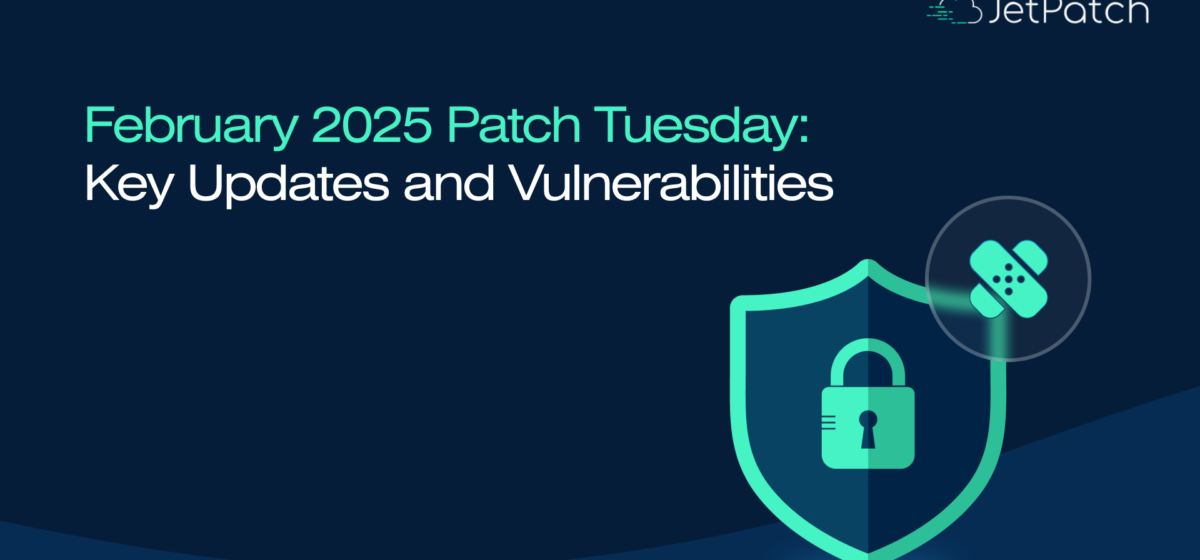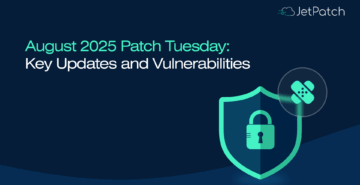The Scope of February 2025 Patch Tuesday
Microsoft’s February 2025 Patch Tuesday update addresses 63 vulnerabilities, including remote code execution (RCE), privilege escalation, and denial-of-service (DoS) vulnerabilities.
These updates are critical for ensuring the security of Windows OS, Microsoft Office, Azure services, and enterprise applications, which play a key role in enterprise IT infrastructure, cybersecurity defense, and regulatory compliance.
Key areas affected include:
- Windows Telephony Service, Routing and Remote Access Service (RRAS), Microsoft Edge, and Digest Authentication – critical services for enterprise network security.
- Microsoft Office Excel, SharePoint, and Outlook for Android – essential productivity applications targeted by attackers.
- Windows Kernel, NTLM, LDAP, and CoreMessaging – fundamental components of the operating system with vulnerabilities that could be exploited in privilege escalation or lateral movement attacks.
With a mix of high-severity vulnerabilities (CVSS 8.8+) and those marked as “More Likely to be Exploited”, this month’s security updates are crucial for organizations prioritizing risk mitigation and compliance.
Key CVEs Addressed in Feb 2025 Updates
The February 2025 Microsoft Security Updates comprehensively assessed 19 vulnerabilities, covering categories like Remote Code Execution (RCE), Privilege Escalation, Denial-of-Service (DoS), Information Disclosure, and Security Feature Bypass, crucial for maintaining enterprise security and compliance.
Here’s a breakdown of key vulnerability categories addressed this month:
The February 2025 Microsoft Security Updates assessed 19 vulnerabilities, covering categories like:
🔹 Remote Code Execution (RCE): 5 vulnerabilities were patched that previously allowed attackers to execute arbitrary code on vulnerable systems, potentially leading to full system compromise.
🔹 Privilege Escalation: 5 vulnerabilities were corrected, crucial because they let attackers elevate their access privileges and move laterally within a network.
🔹 Denial-of-Service (DoS): 3 instances were fixed, where attackers could overwhelm system resources, causing downtime and service disruptions.
🔹 Information Disclosure: 3 vulnerabilities were resolved, preventing attackers from gaining unauthorized access to sensitive information.
🔹 Security Feature Bypass: 3 vulnerabilities were mitigated, as they previously allowed attackers to circumvent security controls, weakening overall system defenses.
In-Depth Analysis of Critical and Zero-Day Vulnerabilities
The February 2025 Patch Tuesday release addresses multiple critical vulnerabilities, particularly Remote Code Execution (RCE) and Privilege Escalation flaws, which are top targets for attackers.
Key high-risk vulnerabilities include:
- Windows Telephony Service (CVE-2025-21190, CVE-2025-21371) – RCE vulnerabilities that allow attackers to execute arbitrary code remotely, posing a severe risk to system security.
- Microsoft Edge Chromium-based (CVE-2025-21342) – A critical RCE vulnerability that enables malicious code execution via phishing or drive-by downloads.
- Microsoft Digest Authentication (CVE-2025-21368) – A privilege escalation flaw that could let attackers bypass security controls.
- Windows RRAS (CVE-2025-21208, CVE-2025-21410) – RCE vulnerabilities that impact enterprise remote access security.
For a structured risk assessment, refer to the table in Section 5, which outlines exploitability likelihood and recommended actions.
Security Enhancements and Patch Tuesday Impact
- Enhanced Protection for Windows Telephony Service
Security improvements in Windows Telephony Service address multiple remote code execution (RCE) vulnerabilities, reducing the risk of unauthorized remote access.
🔹 Why it’s important: Prevents remote attackers from executing malicious code, enhancing enterprise security against unauthorized intrusions.
- Strengthened Authentication in Microsoft Digest Authentication
Fixes privilege escalation flaws in Microsoft Digest Authentication, preventing attackers from bypassing security controls.
🔹 Why it’s important: Ensures authentication mechanisms remain robust, safeguarding sensitive user credentials.
- Improved Security for Microsoft Edge (Chromium-based)
Patches RCE vulnerabilities in Microsoft Edge, preventing exploitation via malicious websites.
🔹 Why it’s important: Reduces the risk of drive-by downloads and phishing-based cyberattacks, protecting end users from browser-based exploits.
The Bigger Picture
These security enhancements are critical in strengthening enterprise security frameworks, mitigating the risk of cyberattacks, and ensuring compliance with industry regulations. Proactive patching remains essential to reducing attack surfaces and maintaining business continuity.
Implementing February 2025 Patch Tuesday Security Rollout
For effective patching, organizations should prioritize high-risk vulnerabilities based on exploitability and impact.
The following table highlights the most critical CVEs, their likelihood of exploitation, and recommended actions.
| CVE ID | Affected Component | CVSS Score | Exploitability | Recommended Action |
| CVE-2025-21190 | Windows Telephony Service | 8.8 | More Likely | Patch immediately, test for compatibility |
| CVE-2025-21208 | Windows RRAS | 8.8 | Less Likely | Apply standard patching within maintenance schedule |
| CVE-2025-21342 | Microsoft Edge (Chromium-based) | 8.8 | More Likely | Ensure browser is updated automatically |
| CVE-2025-21368 | Microsoft Digest Authentication | 8.8 | Less Likely | Verify authentication configurations post-update |
| CVE-2025-21371 | Windows Telephony Service | 8.8 | More Likely | Apply emergency patch for high-risk systems |
| CVE-2025-21410 | Windows RRAS | 8.8 | Less Likely | Implement additional network access controls |
Steps to Apply Patches Efficiently
Step 1: Prioritization and Testing
- Identify high-risk vulnerabilities using exploitability likelihood.
- Deploy patches in staging environments before full-scale rollout.
Step 2: Automated Deployment
- Use automation tools like our’s to enforce timely patching and compliance.
- Schedule patches for non-disruptive deployment across enterprise systems.
Step 3: Monitoring and Documentation
- Track patch status and system performance post-deployment.
- Maintain audit logs for compliance verification.
Conclusion
The February 2025 Patch Tuesday update addressed 63 vulnerabilities, focusing on remote code execution, privilege escalation, and security bypass threats. These patches impact Windows OS, Office, Azure, and enterprise security frameworks, reinforcing the critical need for proactive patch management.
JetPatch simplifies patching by offering:
- Automated vulnerability detection and prioritization
- Zero-touch deployment scheduling
- Continuous compliance tracking and reporting
With our automated patch management, organizations can ensure seamless security operations. Explore our patch catalog.


